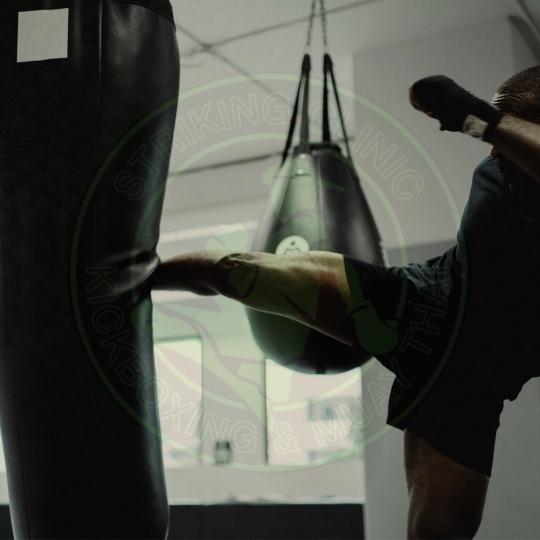
Plantar Fasciitis: A Striker's Worst Nightmare
Share
We've all been there, you're training hard and improving... Then all of a sudden you wake up and your feet feel like stone, kicks hurt, walking hurts, everything hurts! That's plantar fasciitis, we'll show you what to do when it occurs.
If you're an MMA athlete, you know that recovery is just as important as training. But what happens when plantar fasciitis, a common condition that causes pain in the heel and arch of the foot, slows you down? Plantar fasciitis can be a frustrating and debilitating injury that can keep you off your feet and out of the gym for weeks or even months. But with the right approach to recovery, you can get back to training and competing at your best.
First, it's important to understand the causes and symptoms of plantar fasciitis. Overuse, improper footwear, and foot mechanics can all contribute to the condition. Symptoms include pain in the heel and arch of the foot, especially in the morning or after prolonged standing or walking. If you suspect you have plantar fasciitis, it's important to see a medical professional for an accurate diagnosis and treatment plan.
Once you have a diagnosis, there are several strategies you can use to recover from plantar fasciitis and get back to training. Rest and ice can help reduce inflammation and pain, while stretching and strengthening exercises can improve foot mechanics and prevent future injury. Additionally, wearing the right footwear and using orthotics can provide support and cushioning for your feet. By taking a comprehensive approach to recovery, you can overcome plantar fasciitis and get back to doing what you love.
Understanding Plantar Fasciitis

Causes of Plantar Fasciitis
Plantar fasciitis is a painful condition caused by repetitive strain to the plantar fascia, a fibrous band of soft tissue connecting your heel bone to your toes. This condition is commonly caused by overuse or injury to the plantar fascia, which can lead to inflammation and pain in the heel or arch of the foot. Some common causes of plantar fasciitis include:
- Overweight or obesity
- Walking or standing on hard surfaces for long periods
- High-impact activities such as running or jumping
- Poor cushioning or arch support in footwear
- Flat feet or high arches
- Tight calf muscles or Achilles tendon
Symptoms of Plantar Fasciitis
The main symptom of plantar fasciitis is pain in the bottom of the foot, around the heel and arch. The pain is usually worse in the morning when you take your first steps, after prolonged periods of rest or inactivity, or after standing or walking for long periods of time. Other symptoms may include:
- Swelling or redness in the foot
- Difficulty raising your toes off the ground
- Stiffness or tenderness in the foot
- Pain that worsens over time
Diagnosis of Plantar Fasciitis
If you are experiencing symptoms of plantar fasciitis, you should seek medical advice from your GP or a podiatrist. Your doctor will likely perform a physical exam of your foot and may order imaging tests such as an X-ray or MRI to rule out other conditions.
Physiology of the Foot
Understanding the anatomy of the foot can help you better understand plantar fasciitis. The foot is made up of bones, muscles, ligaments, and nerves that work together to provide support and movement. The arches of the foot act as shock absorbers, while the plantar fascia acts as a band of tissue that helps to reinforce the arch and provide stability when you walk or run.
Plantar Fasciitis and MMA
MMA fighters are at risk of developing plantar fasciitis due to the high-impact nature of the sport. The constant pressure and strain on the feet can lead to micro-tears in the plantar fascia, which can eventually lead to inflammation and pain.
Treatment and Management
Treatment for plantar fasciitis may include rest, ice, and over-the-counter pain medications to reduce inflammation and pain. Your doctor may also recommend physical therapy, stretching exercises, or custom orthotics to support the arch and reduce pressure on the plantar fascia. In severe cases, surgery may be necessary to repair or remove damaged tissue.
To manage plantar fasciitis, it is important to wear supportive footwear with good arch support, avoid high-impact activities that put stress on the feet, and maintain a healthy weight to reduce pressure on the plantar fascia. Stretching exercises and physical therapy can also help to strengthen the muscles and ligaments in the foot and ankle joint, reducing the risk of injury and promoting faster recovery.
